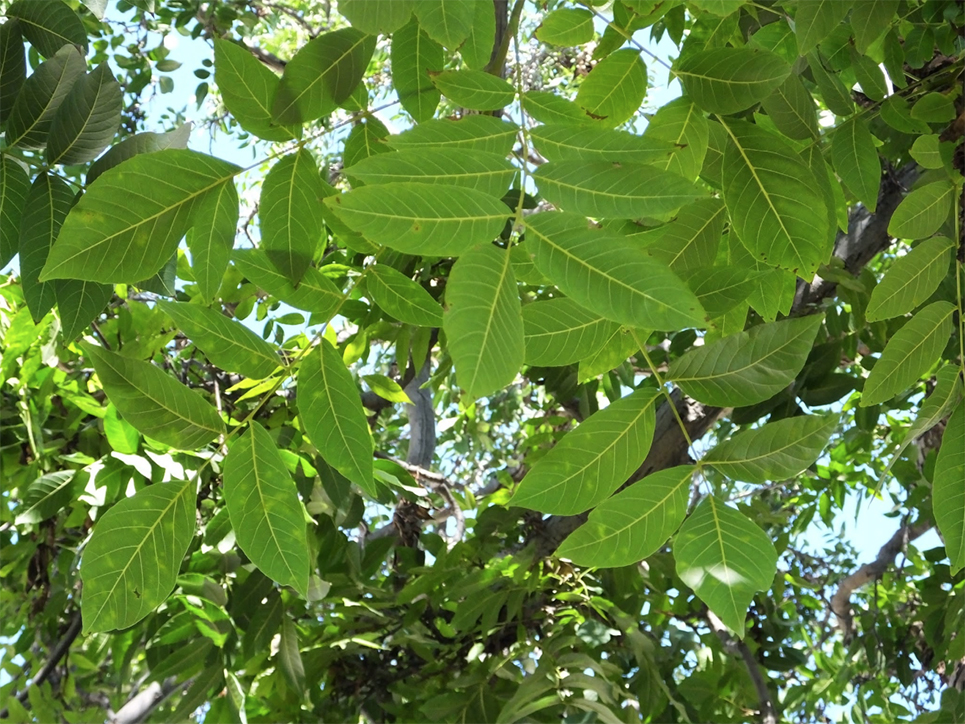.
Not All Trees Are Created Equal
By Lily Reynolds
The Earthwatch Urban Resiliency Program is a partnership between Earthwatch, scientists from UC Riverside, and community organizations to influence sustainable management of urban green space. The goal is to sustain cooler, more natural, and healthier environments by increasing urban tree cover in key communities beyond 25 percent. One important aspect of this is to make sure that the right trees are being planted in the right places. Earthwatch’s Lily Reynolds explains the goal of this research and why it is so critical.;
.

.
Extreme weather, like extreme sports, is something best avoided unless one is prepared and willing to live on the edge. Yet cities around the world are trying to prepare for the effects of extreme weather. The urban environment of the future promises to be hotter, drier, and marked by more extreme weather events. One promising adaptation strategy for cities is to increase the number of healthy trees. Cities that plant and grow more trees stand to gain resilience in the face of climate change.
.
The beneficial ‘services’ that trees provide our cities include: cooling our homes and buildings with shade, filtering storm water, capturing carbon we produce, and also beautifying our neighborhoods
.
However, not all trees are created equal and each species may be better suited for different urban environments and climates. Southern California is an especially interesting region for climate change research because the metropolitan areas span three ecosystem types and it’s the second largest metropolitan area in the United States. Because trees in urbanized centers (such as greater Los Angeles) are planted by the people who live there, it is important to get inside the psyche of residents to figure out why they choose to plant certain tree species instead of others.

A team of scientists, led by Dr. Meghan Avolio and including Dr. Darrel Jenerette from University California Riverside, studied the Los Angeles region with one particular question in mind: What drives peoples’ preferences for different species and how do these preferences align with the benefits offered by different tree species? For example, would people living in the hottest parts of Los Angeles be more likely to choose trees that offer shade? The researchers were also interested in whether traits like people’s age, gender, and income are related to their preferences of tree types. (Find the full article here.)
The researchers analyzed 1,029 household surveys across Riverside, Orange, and Los Angeles counties. The two most important attributes of trees that people consistently valued were whether trees provided shade and whether trees provided showy flowers (i.e. beauty). The scientists also found people living in hotter parts of Los Angeles (away from the coast) were more likely to value shade trees than those located in cooler regions. Moreover, people living in drier regions were more concerned about tree water use than people living in areas with higher rainfall.
Interestingly, whether the local environment was naturally treed or not also had an effect on people’s perceptions of the value of trees. People that were surrounded by desert were less likely to identify positive effects of trees in urban environments compared with people located in naturally forested areas. Several factors such as levels of education, wealth, gender and age all influenced people’s perceptions of trees. For example, older residents were more likely to be concerned with the cost of maintenance and women were more likely to associate trees with positive attributes in urban environments than men.
.

.
Thanks to this study, for the first time we understand that both the climate where people live and their socioeconomic attributes affect their opinions of different tree characteristics. Moreover, when combined with another study led by Avolio and her collaborators, we know that people’s preferences for trees often coincides with the trees in their yards. For example, people who identify shade trees as important live in neighborhoods with a greater proportion of shade trees. However, this is not true for all socioeconomic groups. While people from lower income neighborhoods have strong preferences for fruit-bearing trees, this preference does not translate into more fruit-bearing trees in their neighborhoods. This may be due to the restricted economics of this group that prevents them enacting their preference.
Avolio and her collaborators have shown how people are sensitive to what is happening in the environment where they live. This is a good sign when it comes to the future of urban forests, because it means that people consider tree attributes in the context of their neighborhood when planting trees.
.
Major metropolitan regions such as Los Angeles need to prepare for climate change and planting trees is one good strategy.
.
Since 2014, over 900 people have participated through Earthwatch in citizen science activities to collect vital information on trees from Santa Monica to Palm Springs. Everyone from elementary school kids to Master Gardeners, from architects to high tech engineers, from bankers to educators have rolled up their sleeves and helped collect data that is passed along to scientists at UC Riverside.
By actively engaging citizens in field research, we believe that not only will we be able to gather the information necessary to make better decisions about growing the right tree in the right place, but citizens will also be able to contribute and increase their awareness of what is necessary to do their part in helping to make Los Angeles more livable for all into the future.
.
Learn how you can get involved by visiting the Earthwatch Urban Resiliency Program’s website and stay up to date on the findings by checking out the Earthwatch Urban Resiliency Blog.
.
Sign up for the Earthwatch Newsletter
Be the first to know about new expeditions, stories from the field, and exciting Earthwatch news.